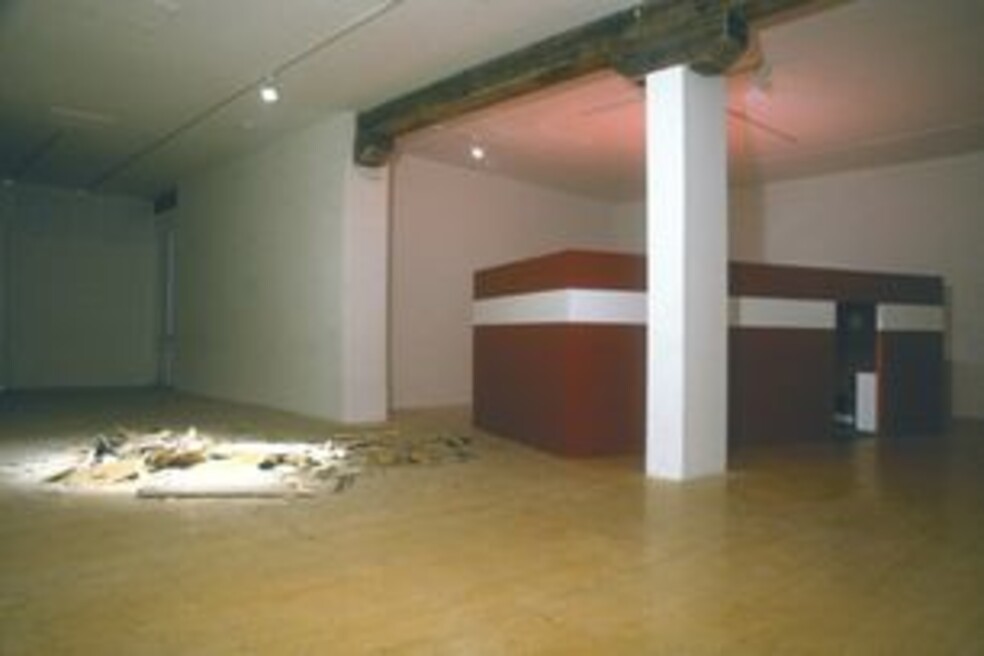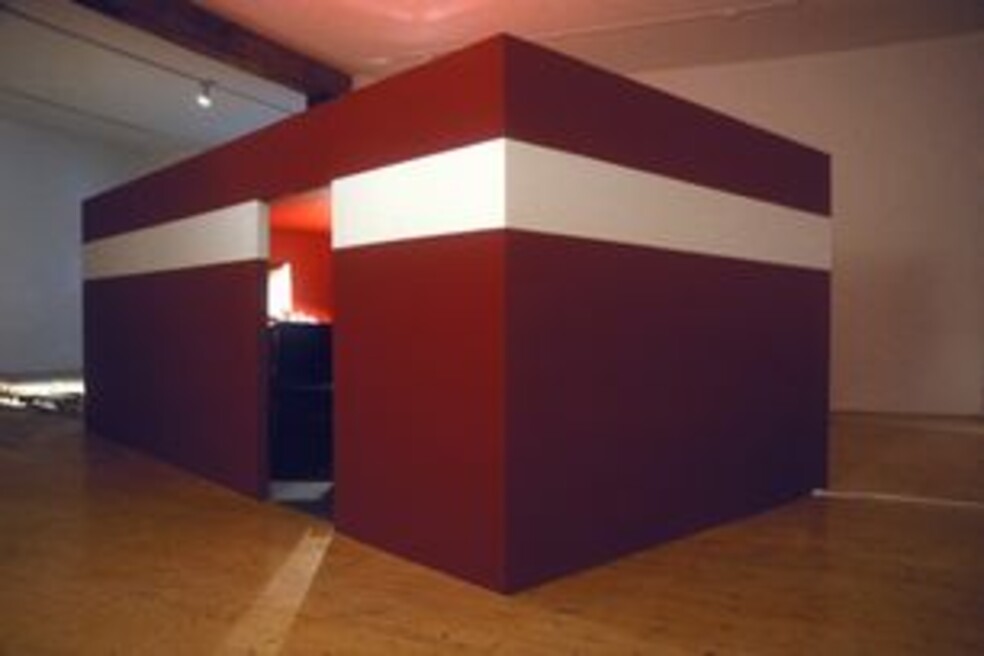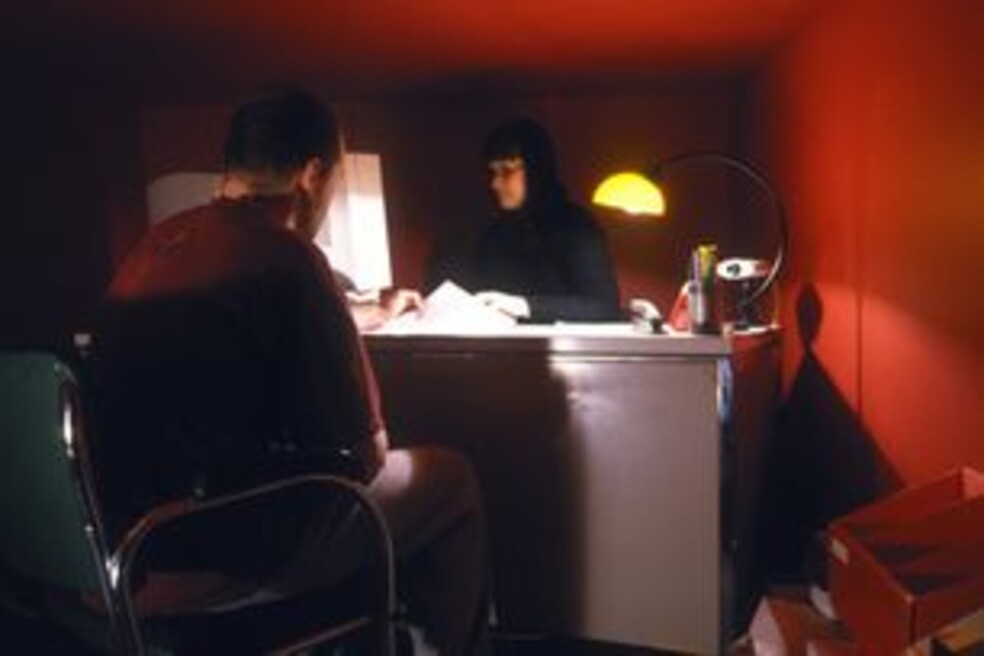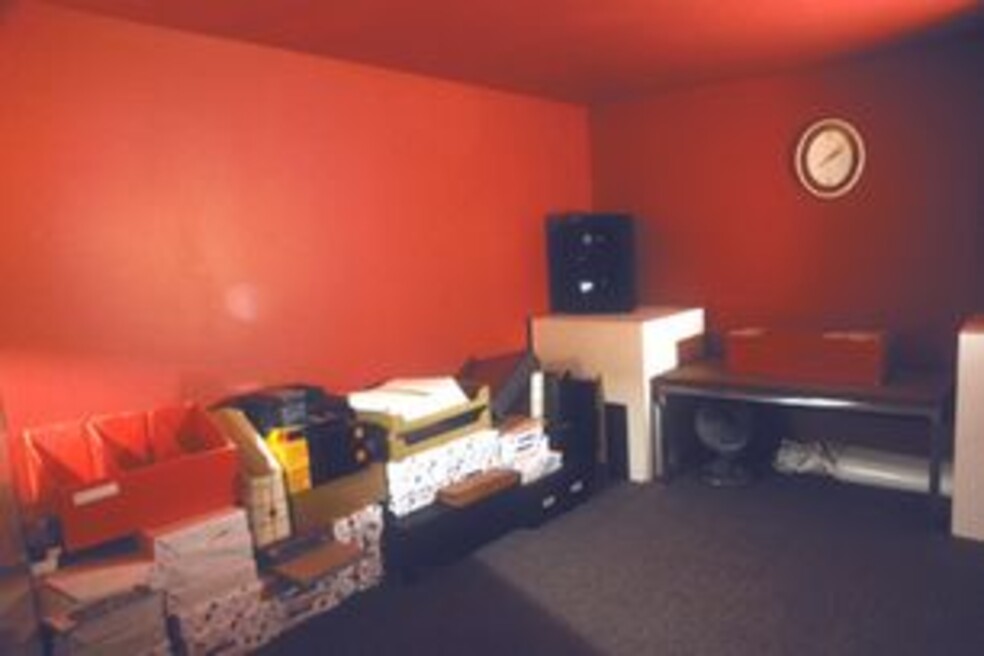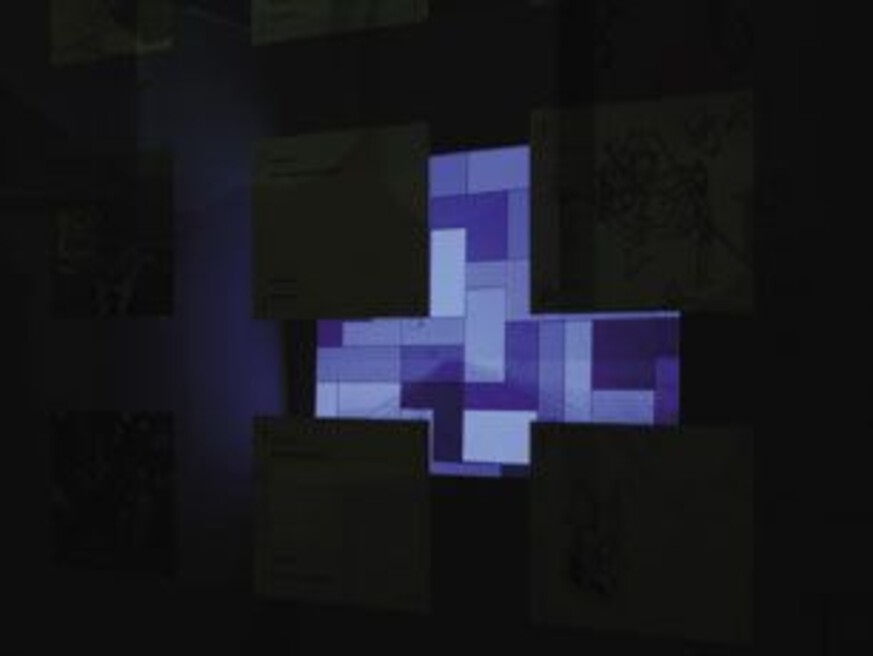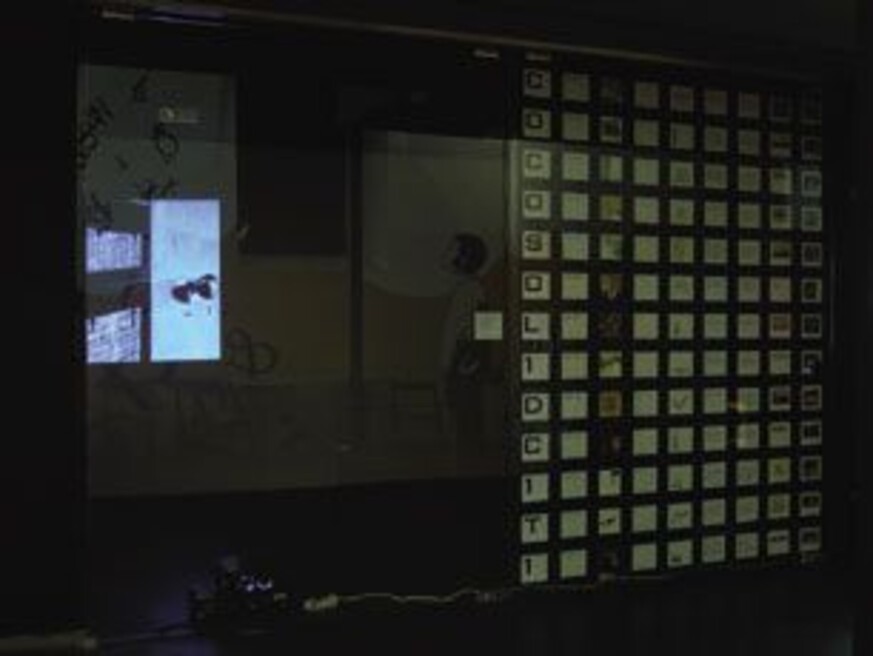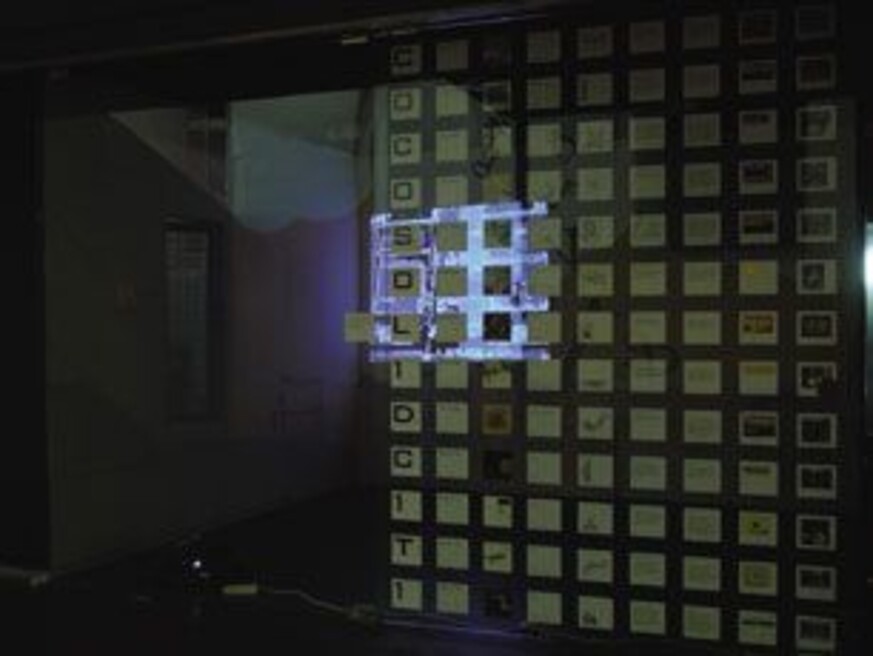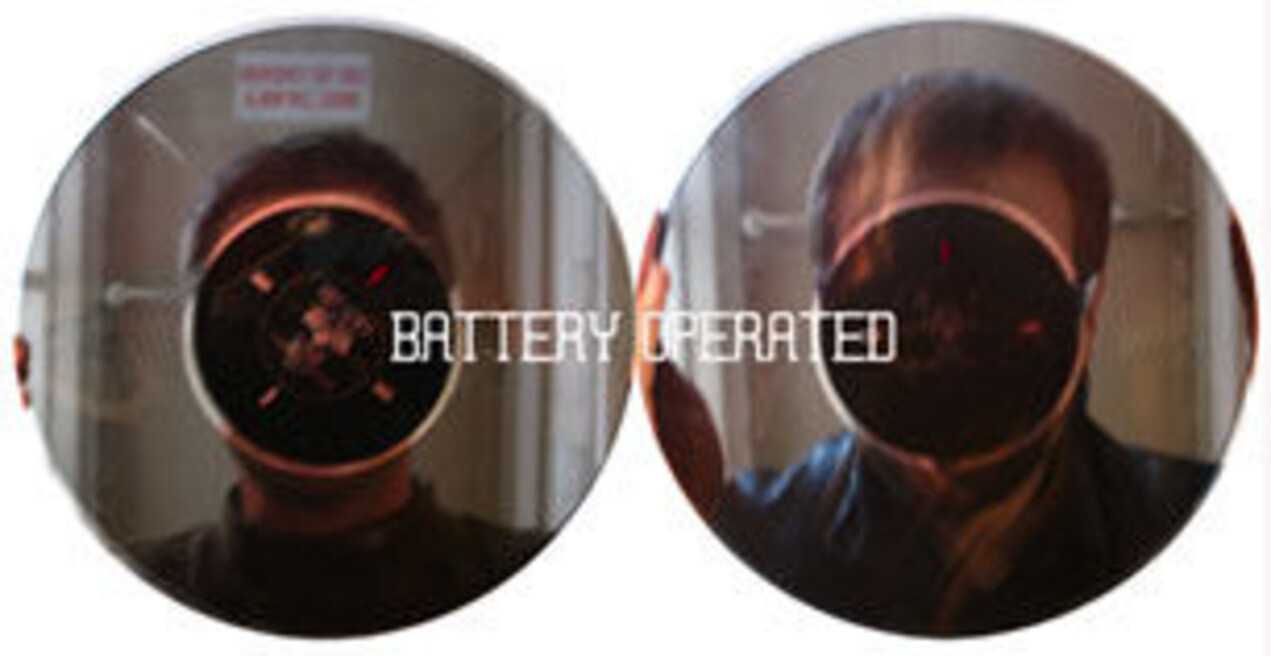Toby Heys aka Battery Operated
area: Media Art
Key Facts
nationality
Great Britainarea
Media Artresidence
Wilmslowrecommending institution
5uper.nettime period
December 2005 - December 2005Toby Heys will work on a online web documentary and CD/DVD project called Spirawl. It is a project about how sound and music are used in contemporary culture as weapons by the military and civil enforcement organisations such as the police and security companies. Below is a 2 page outline of the projects interests –
This is a documentary style artwork about the sonic landscape and the pioneering use of sound weapons within it.
Scientific fact: Everything in the known universe has a resonant frequency. Humans can only hear a small range of these frequencies, from 20–20,000hz. But there are many frequencies which exist outside our range of hearing that we are exposed to everyday. The audible fields of sound are mapped out, managed and regulated in the same way as any physical territory. The inaudible frequencies, however, represent a free zone. This free zone is now being staked out chaotically with an ethical disregard reminiscent of the way the American West was ‘won’. We locate our documentary in this sonic landscape and go in search of the aural boundaries that are being quietly pioneered by military and civilian police forces through the use of sound weapons.
There are sound weapons that operate with the frequencies of infrasound. Infrasound consists of frequencies under 20 Hz that are below the threshold of human hearing. Weapons manipulating these frequencies can cause overwhelming nausea, loosening of the bodily organs and ultimately death. One of these weapons, as it is described in its patent, Subliminal Acoustic Manipulation of Nervous Systems, U.S. Patent #6,017,302 “causes disorientation and drowsiness in law enforcement standoff situations.”
Our culture is one that relies heavily on the visual senses to tell us what is right or wrong, what is supported or rejected and what will harm us and what will not. We are taught that our eyes will ultimately deliver answers to these questions, as the saying goes “seeing is believing.”
But what happens when you cannot see what will harm you, when you cannot tell what is right or wrong, when you cannot perceive whether civic or humanitarian ideals are being upheld or muted? The recent proliferation of non-lethal weapons which utilize frequencies outside the human range of hearing to control, maim and ultimately kill enemies and political agitators, bring these questions to bear. Ultimately they beg the question, what does democracy sound like?
This documentary maps the sonic terrains of the local and the foreign through times of war and peace, to uncover whether our democratic rights exist, in a landscape where we cannot see what is being dissolved and where we have not yet learnt to listen.
Sound weapons are classified as ‘non-lethal’ and are increasingly being deployed as part of the US and UK military’s arsenal under the moniker of ‘spreading democracy’. Devices such as ‘The Long Range Acoustic Device’ (LRAD) are capable of blasting an earsplitting 150 decibels. They were used in Desert Storm in 1991 and are still being used by US troops in Fallujah, Iraq. The developer of the LRAD, American Technology Corp. of San Diego, recently received a $1.1 million contract from the U.S. Marine Corps to supply the devices for units deployed to Iraq.
These sound weapons are tested in times of war and are then bought back home to be used on socially and politically motivated demonstrators. During the protests at the 2004 Republican National Convention in New York City, police were armed with the LRAD. Carl Gruenler, vice president of military and government operations for American Technology Corp, concedes that the device is powerful enough to cause permanent auditory damage. There are dozens of other non-lethal weapons that have been tested in times of war and subsequently used on civilian populations in times of ‘peace’ with names such as The Curdler used by the British Army in Northern Ireland in the 1970’s, The Vortex Ring Generator and The Ultrasound Pain Generator, to name but a few. These are real devices with patents that can be located easily online and have already been used.
Documentation for Battery Operated
Artists – Toby Heys and Ayca Cakmakli
Duration of residency – December 1st – January 1st
Host Organisation – 5per.net
Project undertaken – SPIRAWL
We were invited to partake in the Quartier21 residency program through 5uper.net. During our stay we completed a web based project called SPIRWAL. We had initially started this project a couple months before the residency but during our stay at the MQ we were able to complete it and get it up on-line to be viewed. It can currently be accessed at www.batteryoperated.net/spirawl.
Our second project was Rounding Error and was exhibited in 5uper.net’s exhibition space Cuisine Digital. Rounding Error is a retrospective exhibition of the past three years of video and sound work that the C0C0S0L1DC1T1 commissioning body have released. (C0C0S0L1DC1T1 was found by Battery Operated and is mainly run by its members). 5uper.net organized an opening night for the show in which many artists and others from the community came to view the installation. The video and sound work got great exposure and we received positive feedback by people who viewed the show.
5uper.net was very successful in arranging meetings with the press so that our works were exposed to the audience in Vienna. We had a radio interview with Radio Orange where we had the opportunity to speak about our video and sound work and air some of our tracks. We also had two television interviews; one with Okto television and the other with Metro television in which we mainly spoke of the SPIRAWL project. We have recently been contacted by a curator in Berlin who saw one the interviews and is now interested in the SPIRAWL project.
Overall, the residency was successful in terms of creating contacts with other artists, and providing the space and time to work. The location of the residency was especially helpful as one is surrounded by art projects in different spaces.
We appreciate the effort Quartier21 puts to making such a program accessible to independent artists and we thank those who were involved in helping organize our stay at the Museums Quartier.
